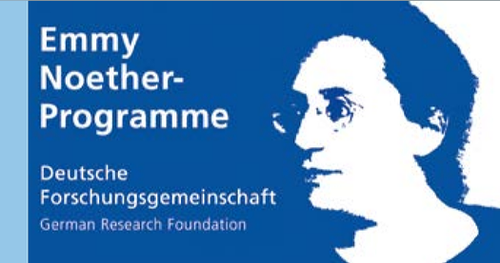Jana Bruggmann
The Earth from Space: The Making of a Cosmic View in Germany and France in the First Half of the Twentieth Century
For thousands of years men gazed at the stars above them. Around 1900, however, there was a change of perspective; for the first time, Europeans created pictorial depictions of the Earth as seen from space, which were featured in science fiction novels, utopian films and popular astronomy books alike. Decades before the so-called Space Age began and the renowned space photographs ‘Earthrise’ (1968) and ‘Blue Marble’ (1972) were taken, authors, filmmakers and scientists imagined the Earth not only as a singular entity, but also depicted it as seen from outer space. This project argues that this cosmic view was not the result of American or Soviet space exploration, but rather that it dovetailed with the rise of space phantasms, engineers’ dreams of space travel and the popularization of a new technoscientific concept of space at the beginning of the twentieth century. But even though there is a stunning consistency regarding the motif of these pictures, the project asks whether they can be compared to one another. Did they stand for the same ideas? How popular were they among contemporaries? And were they indeed able to change public perceptions of the Earth and its surroundings: outer space?
While the earliest illustrations of the Earth suspended in space were created in France, these images primarily gained popularity amongst German engineers, authors and scientists. To this end, this dissertation operates within the methodological framework of Visual History and contextualizes depictions of the Earth as seen from space within their socio-cultural background. By reconstructing debates in science and popular culture, the project examines the intellectual and visual reconfiguration of both the Earth and its place within space. While operating at the intersection between science fiction and science fact, this dissertation contributes to discussions about social actors and visual representations that played a significant role in the negotiation of new ideas and ideologies among space enthusiasts, astronomers and public audiences alike. The project highlights the Western European beginnings of a process in which the Earth was re-pictured and explores the importance of visual representations within the discourse of astroculture.

